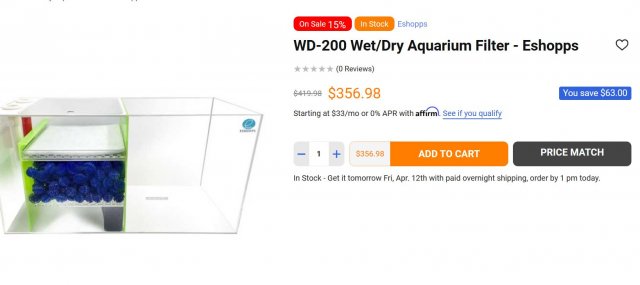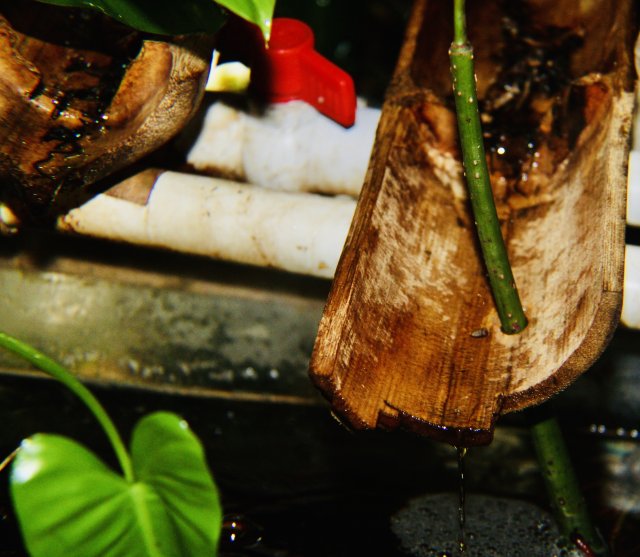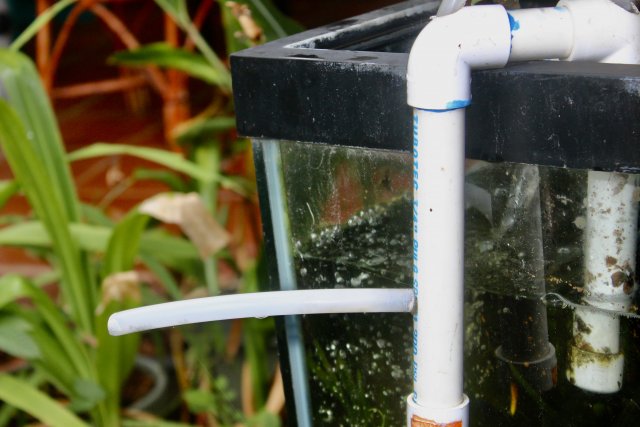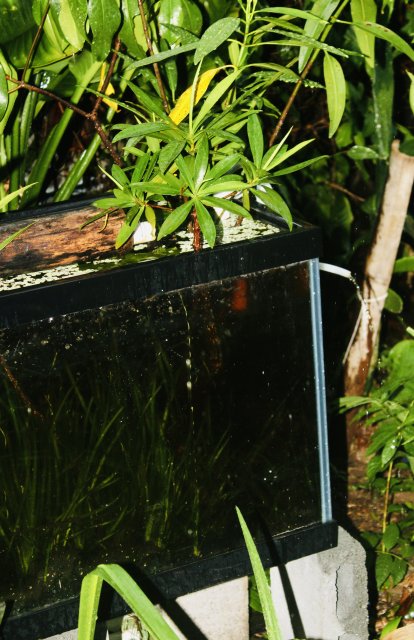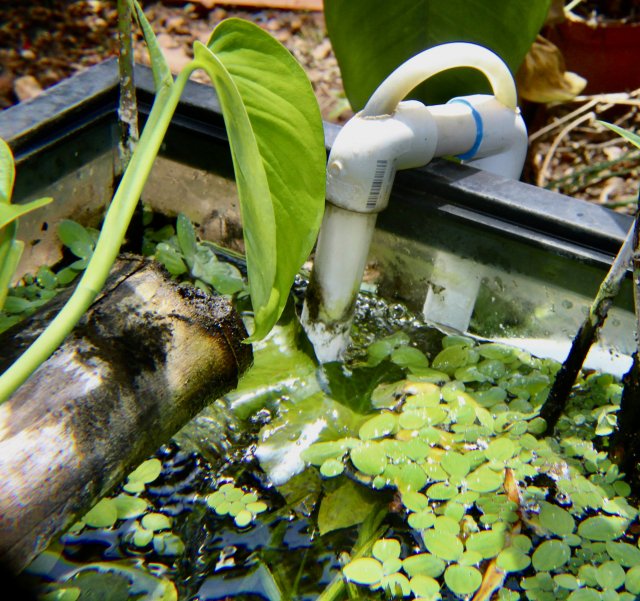Probably the safest sump setup for those with overphlobia would be a sump that is on the same level as the display tank. Water would be pumped out of the tank into the sump and flow back to the tank with no change of elevation. If the sump is above the tank or below that tank, an overflow potential will exist. An overflow may occur when:
1. The drain from the upper tank, aquarium or sump, becomes blocked, water continues to pump from the lower tank to the upper tank, which may overflow if the pumpable volume in the lower tank is great enough. This would be most likely in an overhead sump situation since the aquarium volume will likely be greater than the sump.
2. Power goes out or pump fails, the upper tank, aquarium or sump, will drain into the lower tank until the water level in the upper tank is at the level of the overflow. This is would be most likely in an under-aquarium sump since the aquarium volume will likely be greater than the sump.
The answer to preventing overflow in either situation is to make sure that there is enough freeboard (spare unused water volume) in the sump and aquarium to be able to hold the extra water that would happen in either case above. This is done by (1) placement of the overflow as close to the operating water level in the upper tank as possible so that the least amount of water possible drains from the tank if the pump stops. Also, (2) run the operating level low enough so that if the overflow blocks, there is enough volume to handle what will be pumped up from the lower tank. Combine this with (3) a large enough lower tank, with a low enough operating water level, to have enough volume to hold more water than can drain from the tank and (4) keep the volume of the pump section of the lower tank small enough so that there is no more water than the upper tank can hold.
Hmmmm! This was harder to explain than I thought it would be and I probably didn't do a very good job. Hope it may be helpful. This is the way I set up my tanks and sumps and I have never had an overflow (knock on wood).



